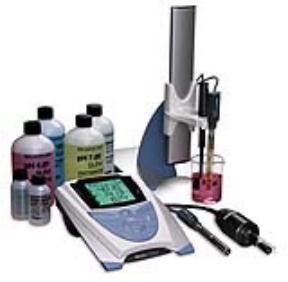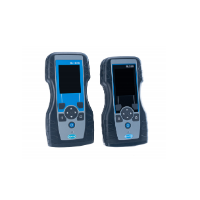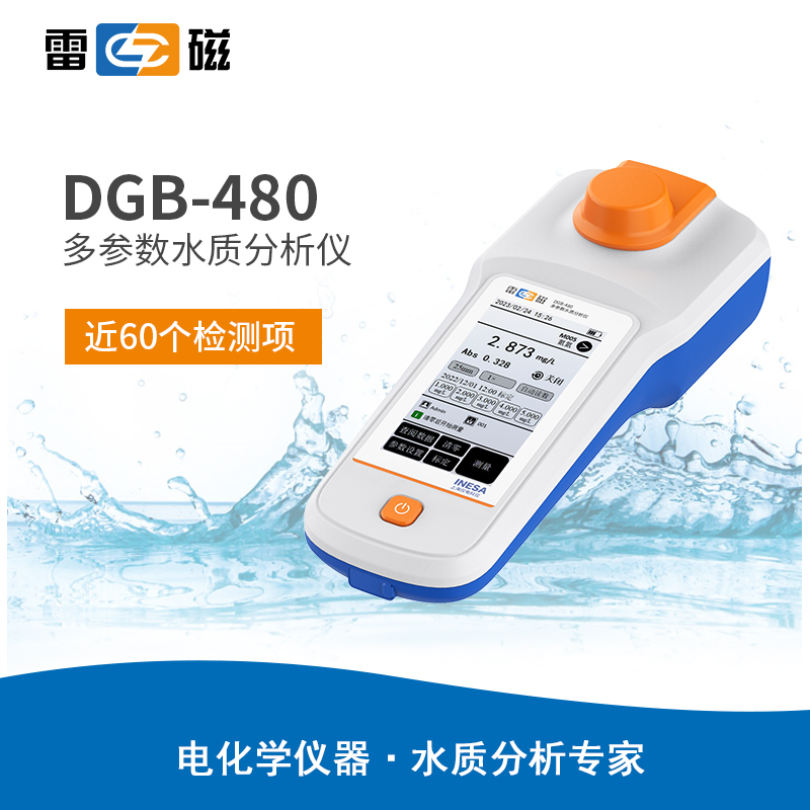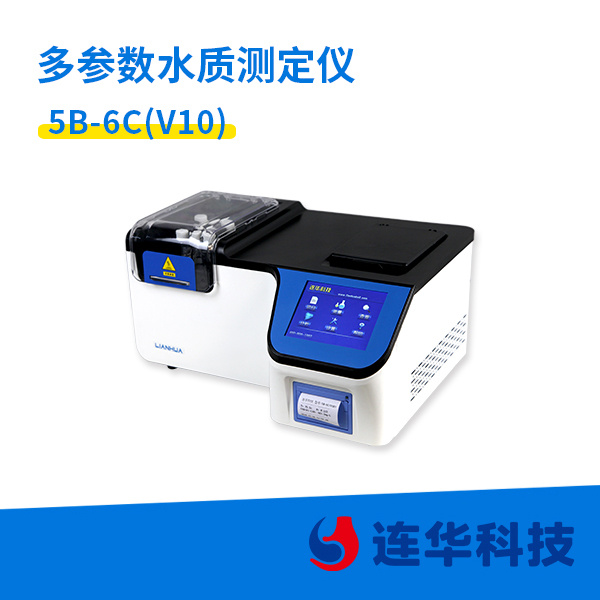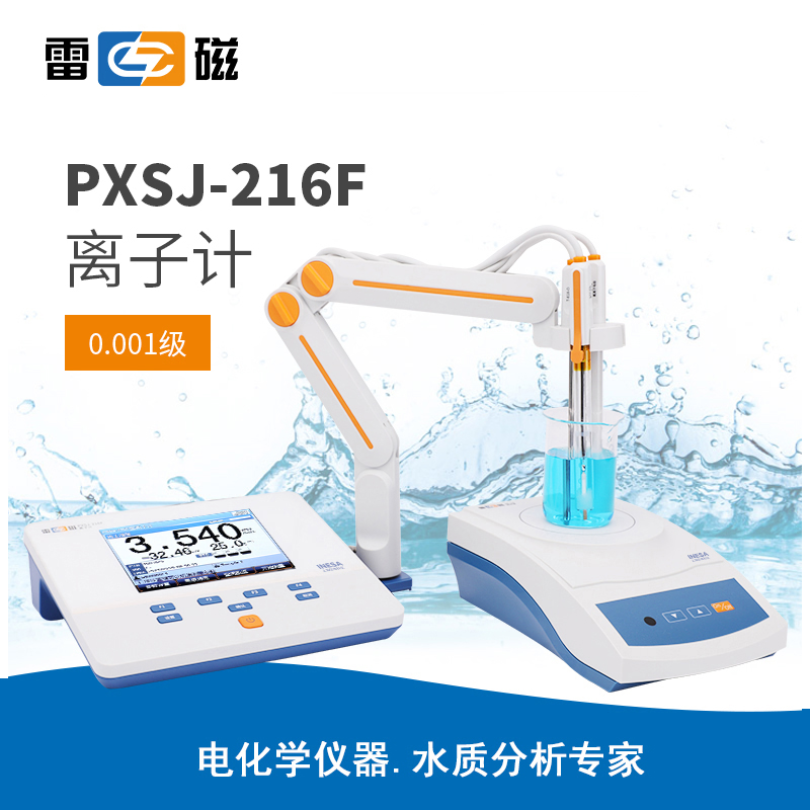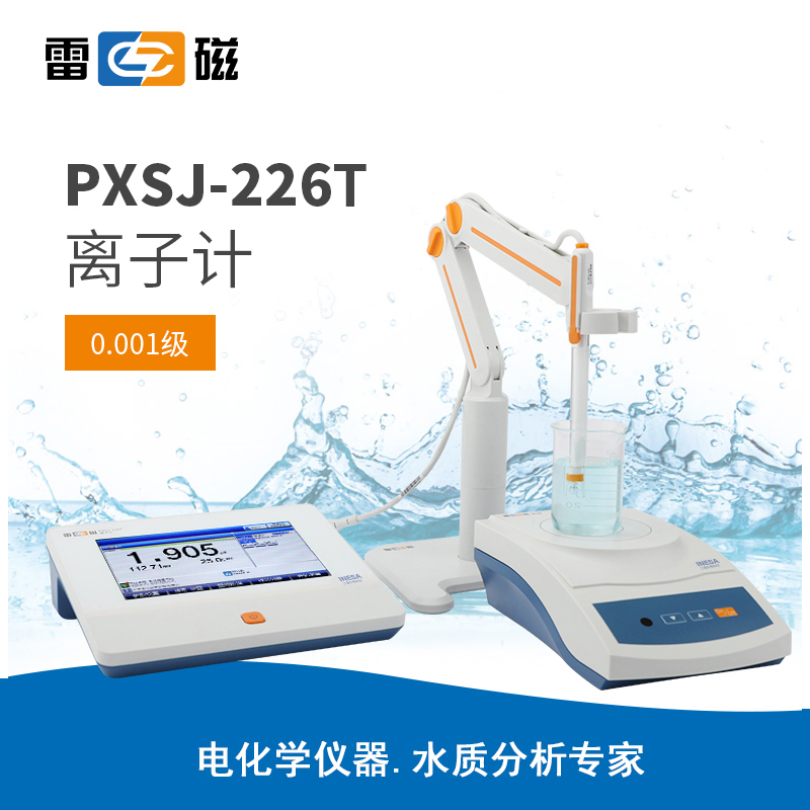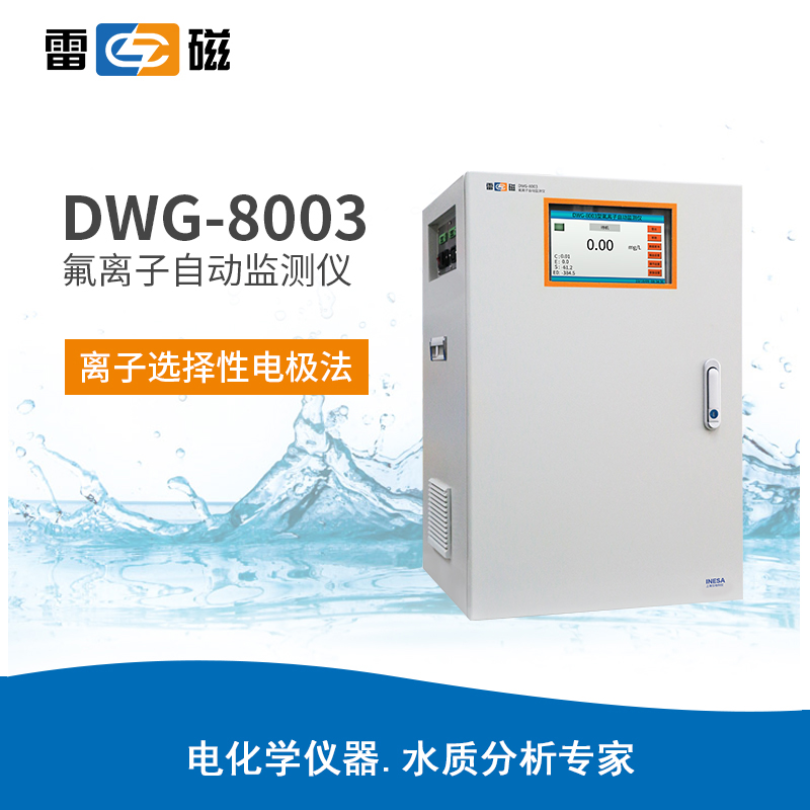本文章详细介绍了婴儿配方奶粉中氯离子的测定,包括校准液、水样的准备,校准和测量过程,以及电极和仪表的维护等内容。
方案详情

Chloride inInfant Formula Calibration and Analysis 1. Allow all the standards and the samples to attain room temperature for precise measurements since themeasurement is temperature sensitive. 2.Calibrate the meter using the 100 followed by the 1000 standard, stirring the standards at a gentle anduniform rate. 3P.lace the electrode and stirrer into the beaker with the 100 ppm standard such that the electrode tip isfully immersed in the solution. The stirrer should be positioned slightly below the tip of the evel.ectrode.Press the STIRRER key on the meter to turn the stirrer on. Press the CALIBRATE key. 4.Wait for a stable reading (1-2minutes). Enter the standard value of“100”using the UP and DOWNarrow keys and the DECIMAL/DIGIT key. 5. Press the CALIBRATE key to accept the 100 ppm standard and press the STIRRER key to turn thestirrer off. 6.Rinse electrode and stirrer thoroughly with deionized water. Gently remove excess solution from theouter sleeve of the electrode by dabbing with a clean paper tissue. Do not wipe or rub the sensingelement of the electrode. 7. Place the probes and stirrer into the beaker with the 1000 ppm standard such that the electrode tip isfully immersed in the solution. The stirrer should be positioned slightly below the tip of the electrode.Press the STIRRER key on the meter to turn the stirrer on. 8.Wait for a stable reading (1-2 minutes). Enter the standard value of“1000”using the UP and DOWNarrow keys and the DECIMAL/DIGIT key. 9.Press the MEASURE key to accept the 1000 ppm standard and to move to the measure mode of themeter. Press the STIRRER key to turn the stirrer off. 10. Rinse electrode, ATC probe and stirrer thoroughly with deionized water. Gently remove excesssolution from the outer sleeve of the electrode by dabbing with a clean paper tissue. Do not wipe orrub the sensing element of the electrode. 11. Place the probes and stirrer in a prepared sample with the electrode tip fully immersed in the solution.Press the MEASURE key on the meter; the stirrer will turn on. The ISE: ppm icon will flash as themeasurement is being made. The ISE: ppm icon will become solid and the display value will freezewhen a stable reading is achieved. This value is logged and printed automatically and the stirrer turnsoff automatically. 12. Repeat steps 10 and 11 for additional samples. Upon completion of samples, rinse electrode withdeionized water and store the electrode according to instructions in the Electrode Storage section ofthis method note. Chloride inInfant Formula Introduction The direct concentration electrode method replaces titration for the measurement of chloride in infantformula. Concentrations from 100 to 10,000 ppm chloride can be read directly on an ion concentrationmeter after a simple extraction step. Higher concentrations may be analyzed after dilution. Recommended Equipment Cat No. 3. Orion benchtop stirrer (or magnetic stir plate and bar) 096019 4. Orion benchtop electrode stand 1110001 5.B1eakers (50 mL) 6. Pipettes (1 mL, 10 mL, 20 mL and 30 mL) 7. Volumetric flasks (100 mL and 500 mL) Required Solutions Cat.No. 1. 100 ppm chloride standard 941707 2.1000 ppm chloride standard 941708 3. ISA (Ionic Strength Adjustor) for chloride electrode 940011 4. RIeference filling solution, Optimum resultsM B 900062 5. Extracting Solution (concentrate nitric acid and deionized water) 6. Deionized water Calibration Standard Preparation 1. Extracting Solution (nitric acid): add approximately 200 mL deionized water into a 500 mLvolumetric flask. Pipette 30 mL of the concentrated nitric acid (HNO3) to the same flask, swirl to mixand dilute to the mark with the deionized water. 2. To prepare 100 ppm chloride standard with extracting solution and ISA, pipette 10 mL of the 100ppm chloride standard, 20 mL of the extracting solution, and 1 mL of the ISA solution into a 50 mLbeaker. 3. To prepare 1000 ppm chloride standard with extracting solution and ISA, pipette 10 mL of the 1000 ppm chloride standard, 20 mLof the extracting solution, and 1 mL of the ISA solution into a 50 mL beaker. Sample Preparation 1.Pipette 10 mL of infant formula sample, 20 mL extracting solution add 1 mL ISA to a 50 mL beaker. Chloride inInfant Formula Results Five aliquots of prepared infant formula were measured for chloride. The data in the table below isrepresentative of the results expected for chloride in infant formula. .Prepared infant formula ppm(mg/L) CI Sample #1: 500 Sample #2: 505 Sample #3: 529 Sample #4: 533 Sample #5: 531 Mean: 524.5 Standard Deviation: 13.1 %CV 2.49 Electrode Storage For brief storage periods between sample measurements, store the electrode in the 0.05 %(-0.01 M)sodium chloride standard. The fill solution in the electrode should not be allowed to evaporate, which causescrystallization. For longer storage periods, drain the electrode. Flush the inside with deionized water and storedry with a pprort(e ct i ve c a p t o p r ot ec t t h e s e ns in 1gS 1element. If electrode response is slow,polish the sensing elementby cutting off1 inch of the polishing strip and polish the electrode-sensing element with a circular motionfor about 30 seconds. Rinse the electrode with deionized water and soak in the 0.05 %(-0.01M) chloridestandard for five minutes. Equipment Setup Electrode Setup-ionplus° electrode 1, Remove the rubber cap covering the electrode tip. 2. Fill outer chamber with Optimum ResultsTM B filling solution. .33. Lift the spout to a vertical position. 4. Insert the spout into the filling hole in the outer sleeve and add a small amount of filling solution to thechamber. Tip the electrode to moisten the o-ring at the top and return electrode to a vertical position. 5. Holding the electrode by the barrel with one hand, use the thumb to push down on the electrode cap,allowing a few drops of filling solution to drain wetting the inner cone. For initial meter setup, follow the steps in the Quick Reference Guide, which is attached to the meter itself.The Quick Start Guide included with each meter also contains a layout of the meter keypad for reference. Thewords in this method represented in all capital letters, such as POWER,indicates a key on the meter, and wordsin quotations such as“Unit”indicates information on the meter display. 1. Connect the electrode to the meter 2.Connect the stirrer to the meter. 3.Press the POWER key on the meter to turn the meter on. 4.Note that the arrow on the left of the screen indicates the active line. If the top line is not active, press theLINE SELECTION key to change the selected line to the top line. Then press the UP or DOWN arrowkeys to change the measurement mode of the top line to ISE. 5.Press the SETUP key to enter ISE setup. Press the LINE SELECTION key to select the bottom line.Press the UP or DOWN arrow keys to select “3”for "rES”which is an abbreviation for resolution ornumber of significant digits. Press the LINE SELECTION key to accept value. 6.Press the LINE SELECTION key to select the middle line, and press the DOWN arrow key to select “nLIn”which is an abbreviation for non-linear blank correction. 7.Press the LINE SELECTION key to select the bottom line. Press UP or DOWN arrow keys to select“off”for “nL In". Press the LINE SELECTION key to accept value. 8.Press the LINE SELECTION key to select middle line, and press the DOWN arrow key to select "rAng"which is an abbreviation for measurement range. 9 Press the LINE SELECTION key to select the bottom line. Press the UP or DOWN arrow keys to selectctthe bottom“HigH” for "rAng”. Press the LINE SELECTION key to accept value. 10. Press the LINE SELECTION key to select the middle line, and press the DOWN arrow key toselect “Unit”. 11. Press the LINE SELECTION key to select the bottom line. Press the UP or DOWN arrow keys to select“mgL"(ppm) for “Unit". Press the LINE SELECTION key to accept value. 12. Press the MEASURE key to return to the measurement mode. If all steps were followed correctly the meter display will show three digits in the top line and "ISE: mg/L” tothe right of the top line. The meter and electrode are now ready for calibration. Note: The Orion Benchtop Stirrer must be turned on in General Instrument Setup before analysis, please see the QuickVoStart Guide for instructionsIS, of of
确定
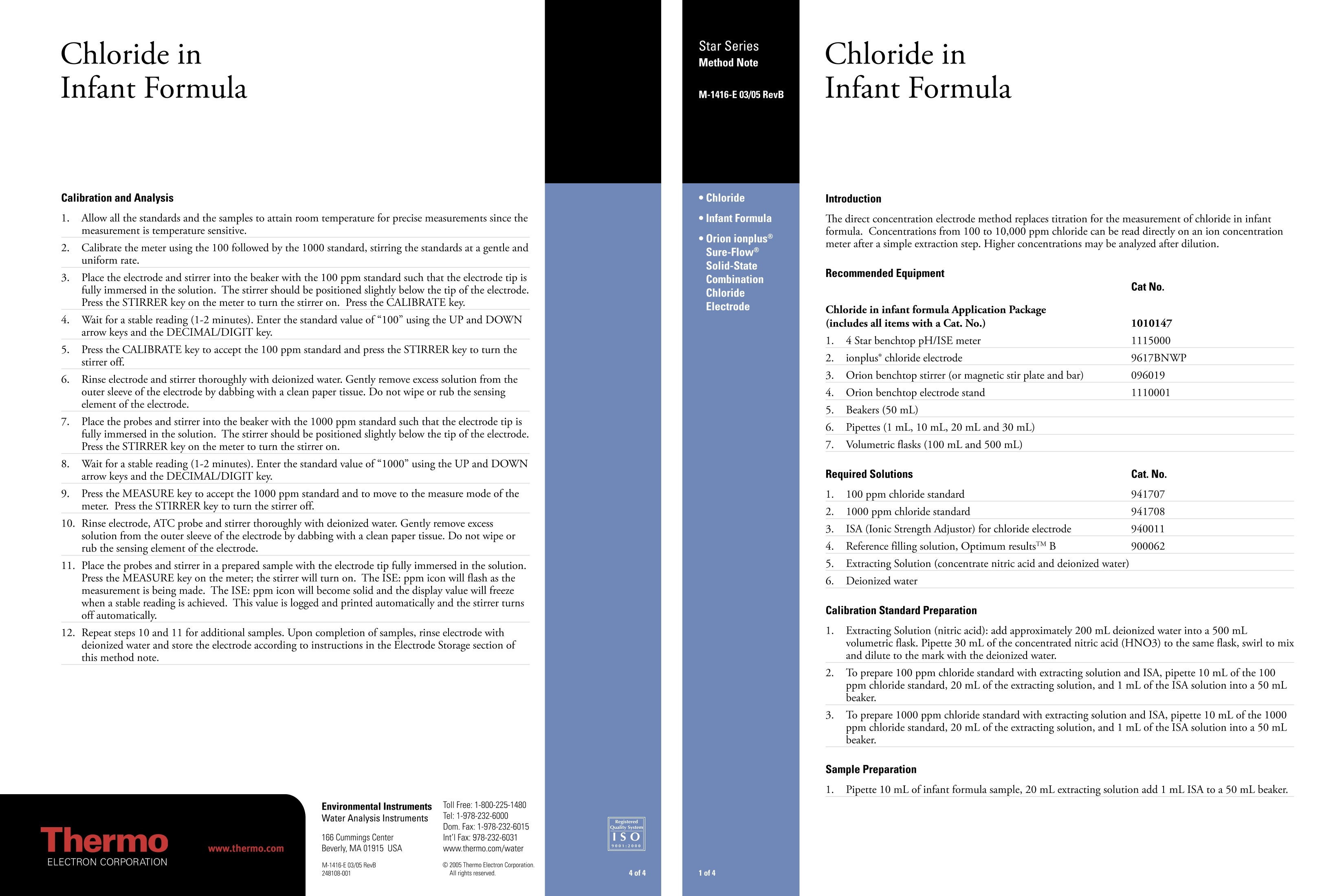
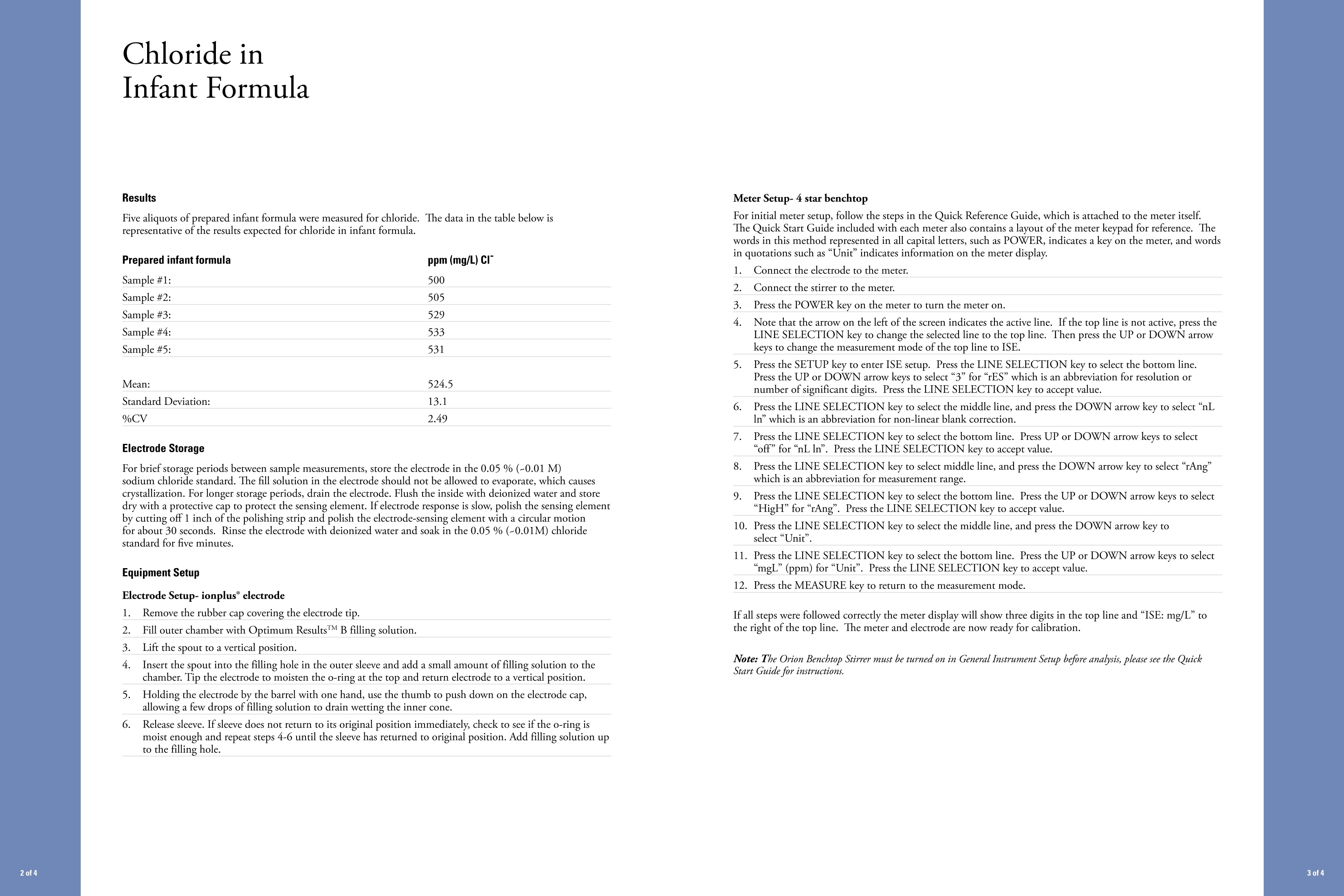
还剩1页未读,是否继续阅读?
赛默飞中国实验室产品事业部为您提供《婴幼儿配方乳粉中氯离子检测方案 》,该方案主要用于婴幼儿配方乳粉中理化分析检测,参考标准--,《婴幼儿配方乳粉中氯离子检测方案 》用到的仪器有台式pH/ORP/ISE/溶解氧/电导率测量仪、Orion 4-Star台式(便携式)pH/离子浓度测量仪
推荐专场
相关方案
更多
该厂商其他方案
更多

